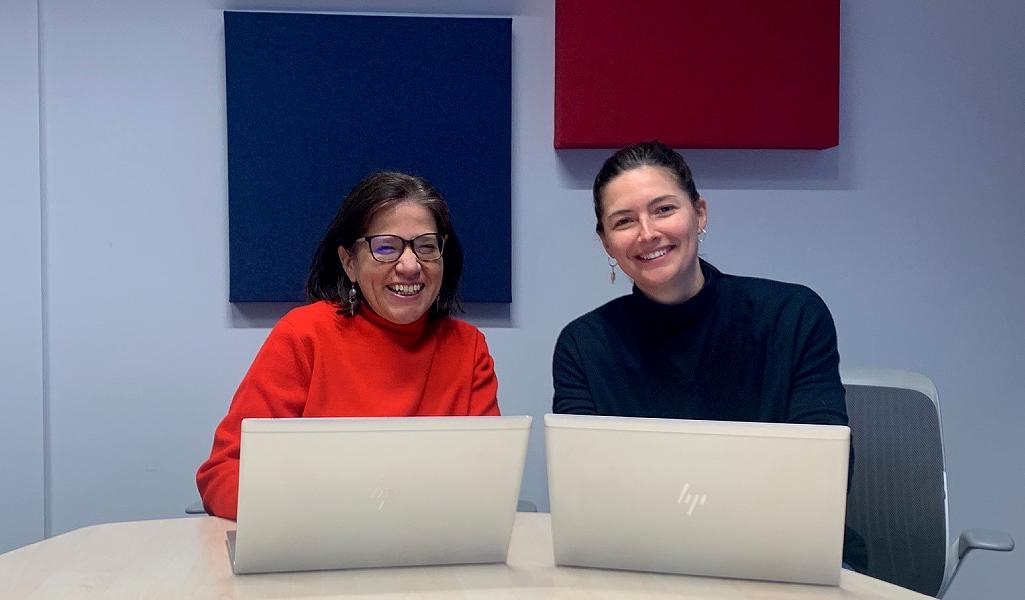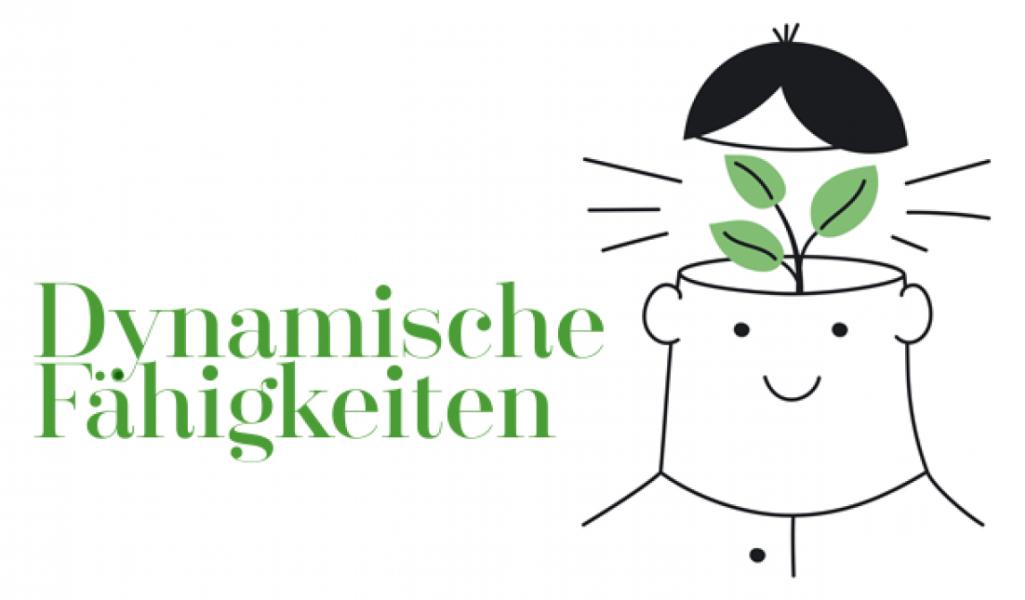Thanks to a typology developed at the Institute for Business Ethics and Sustainable Strategy (IBES), managers can now take a more targeted approach to managing companies’ sustainability strategies. The spectrum of strategic positioning ranges from efficiency gains at company level to extensive systematic transformation.
“Where are we on the path to sustainability compared to our competitors?”
“Is our strategic positioning on sustainability promising?”
Managers can now answer these questions thanks to a newly developed typology. The model shows how well companies can react to external conditions and adapt to sustainability requirements. It was created by Daniela Ortiz-Avram, Head of IBES at FHWien der WKW, among others, as part of the “Change for Corporate Sustainability (TransformS)” project, which she heads and is funded by the City of Vienna (MA 23). Together with Nelly Ovcharova (University of St. Gallen, Switzerland) and Alexander Engelmann (WU Vienna), Ortiz presents the findings in the current issue of BusinessART (in German / Paywall), the magazine for sustainable business, and the scientific journal “Business Strategy and the Environment”.
For their model, the researchers analyzed 86 scientific articles and found two dimensions that sort the wheat from the chaff:
- the level of novelty of sustainability-oriented innovations (from an efficiency increase to comprehensive transformation)
- the level of stakeholder integration (at company level or in the network/system)
This enables managers to take a more targeted approach in managing their company’s sustainability strategy and use the typology to analyze the current situation as well as define goals. In addition, the model gives managers a more comprehensive understanding of the capabilities required to integrate all stakeholders in the sustainable innovation process. This starts with optimization at company level and extends to systemic transformation. Depending on how bold the sustainability-oriented innovation is and how well stakeholders are integrated, one of four company types of dynamic capabilities for sustainability (DCsS) and their goals emerge:
- eco-efficiency at company level
Efficiency gains and creation of institutional awareness of sustainability issues (e.g. solar energy, more efficient heating systems or improvement of social conditions). - transformation at company level
This increases competitiveness and leads to a shift in objectives towards creating shared value for stakeholders and the company (e.g. sustainable agriculture as a new business model for farms). - eco-efficiency at supply chain or network level
Improved information sharing with stakeholders, adaptation and improvement of resources and processes along the supply chain and mitigation of sustainability risks for all partners (e.g. training, capacity building to integrate environmental and social improvements). - systemic transformation
Fully integrating different perspectives (from external stakeholders) into the company’s innovation processes and organizational development leads to more comprehensive results and creates shared value for the entire ecosystem (e.g. circular economy).
These latest results were presented by the City of Vienna Competence Team “Change for Corporate Sustainability” to an interested audience of experts from renowned Austrian companies by invitation of the Innox network in November 2023. Daniela Ortiz and Katharina Salomon offered the innovation managers a deep insight into the development of innovations for more corporate sustainability. They also gave practical recommendations for action and insights into best practices to foster sustainability-oriented innovations.

